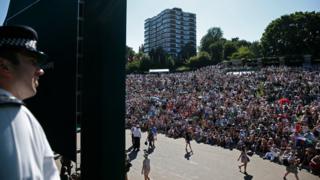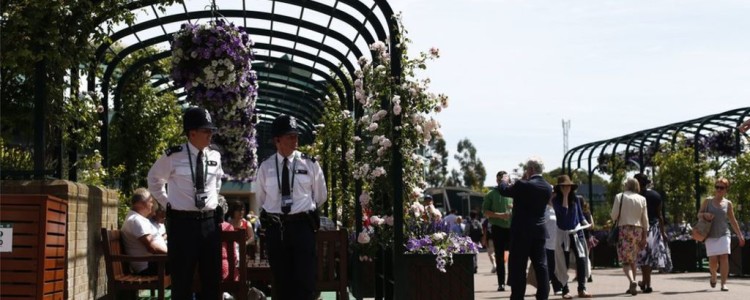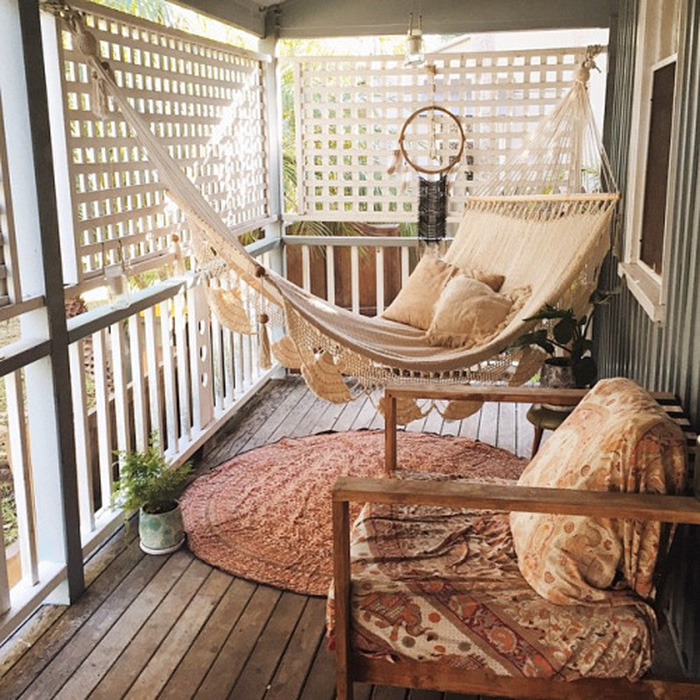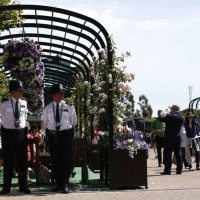![The]() The remote landscape around Fviken, 350 miles north of Stockholm Photograph: Erik Olsson
The remote landscape around Fviken, 350 miles north of Stockholm Photograph: Erik Olsson
Watching Nilsson in the kitchen, or anywhere, one gets the strong impression that this is the only level he can stomach. After a particularly rough episode involving a pork chop, he called a chef over. OK, now you have a moment. Do you have any questions? Are you prepared to do everything perfectly for the rest of service?
The young man began shuffling his notes, looking for his list of responsibilities. I need to check.
Yes or no?
I believe so
Yes. Or no.
Pause. Yes.
OK.
Nilsson then disappeared and popped back up in front of me, holding a glass of water. I just realised youve gone all night with nothing to drink! He grinned and settled in next to me, suddenly calm and chatty. This is pretty good. Weve had messier services. He told me about the first night of spring season last year, which had been even worse: late dishes, skipped courses, imperfect execution. Only the next day did he find out that two emissaries from the Michelin guide had been there. The meal, messy as it may have been by Fviken standards, earned the restaurant two stars.
The goal is for everyone to be on the road home by 11pm, but by that time the staff were just finishing service and preparing for their postmortem. The guests, happy and full, were finding their way from the dining room to the front yard to wrap themselves up and sit around a fire. In the kitchen, Nilsson took the team through the errors and success of the evening in the even, encouraging tones of a coach. The list of corrections, Nilsson admitted, was longer than it would normally be, but this was OK they would do it all again tomorrow.
Food can never be worth this, Nilsson said. It was the morning of the trial run, and he was sitting in the greenhouse he built in his garden in Mrsil, a small town 16 miles south of Fviken,where he lives with his wife and three young children. We had been talking about the 250 cost of the Fviken meal, and the even greater expense one has to lay out in airfare to get to the restaurant. One unsavory aspect of the notion that food is an expression of values a notion Fviken embodies is that it divides the world into virtuous and unvirtuous eaters in a way that is unavoidably tied to class. The ethical food choices (green, local, farm-to-table, non-GMO) are luxuries. It may be true that we would all be better off if everyone shared Fvikens values when it comes to food, but few individuals are wealthy enough to make that choice, let alone eat at Nilssons restaurant. Did it bother him?
Nilssons answer was predictably practical: the meal is expensive because excellent produce and an expert, well-treated staff is expensive. But he was uninterested in defending the cost on principle. The idea of paying that much for a meal is a little ridiculous in a way. The food can never really be worth it. But whats interesting is that the experience can be.
I finally ate the Fviken meal on my last night in Jmtland. In the dining roomarrived a pageant of dishes that was an almost hallucinatory assault on the senses. It was spectacular, but what was it that made this food meaningful? Was it the virtuosity? Was it the knowledge of what that virtuosity demanded? Everyone in the room had travelled hundreds or thousands of miles to be there. They ate their way through the courses carefully, comparing reality to expectation, appraising the experience as they would a painting by David Hockney.
By Nilssons calculation, maybe only 5,000 customers have ever actually been to Fviken. At the moment, he seems most excited about the way Fvikens principles might be extended beyond the restaurant. This is an age when a chef is required to be someone who has opinions and participates in a public space, he said. You have to be more than just your restaurant. He reaches a much wider audience through the media, but finds that an inefficient way of changing things because those people cannot taste his food. The food, he thinks, is the catalysing experience, the challenge: if you notice how much better this is than any other food you have had before, will you think to ask why? If you know the right way to do things, will you pursue it? This is why he is so enthusiastic about the Charkuteriefabrik, which can have 50,000 customers a week across Sweden. They dont get as much information as you do at Faviken, said Nilsson, but the food product itself, the same quality, it carries our message to them.
After his New York Times polemic against food as art, the outcry was so great that William Deresiewicz wrote a response. In it, he argued that food may be less the new art than the new religion. It is, he said, a way to bring us into relationship with reality. In the post-industrial age, in the post-electronic age, eating is one of the only remaining aesthetic experiences that is not reproducible. You have to be there, have to be present, have to be in contact with the thing itself.
Nilsson once said something similar in an interview, when he described what it was like to eat food by Michel Bras, one of his great masters: A plate comes alive when he makes it, and it vibrates. Do you understand? It actually vibrates, especially if youre open to that kind of experience. And I am.
This experience may come from food that looks like a masterpiece, but Nilsson doesnt think it has to. For me, that moment came after I had bid Fviken goodbye, driven through the sunlit night to the nearest airport, and flown to Stockholm. I sought out Nilssons Korvkiosk, which was parked outside Trdgarden, a trendy music venue located underneath a major highway bridge. Its blue and yellow neon sign hummed cheerily in the late-breaking dusk as young people milled around it, on their way to and from a concert. A white-aproned cookhanded me a skinny, slightly curved hot dog in a piece of fluffy yellow brioche, wrapped in paper. The meat was rough on the outside, pocked from charring, and dressed with a little ketchup. It was everything the Faviken meal was not: familiar, humble, a little bit ugly.
I ate it walking. It was perfect.
Follow the Long Read on Twitter at @gdnlongread, or sign up to the long read weekly email here.
- This article was amended on 23 June 2016. An earlier version incorrectly referred to the chef Pascal Barbot as Pierre, and stated that mycelium is a mushroom. It is, in fact, the vegetative part of a fungus.
 Image copyright Adrian Dennis/AFP/Getty Images
Image copyright Adrian Dennis/AFP/Getty Images  Image copyright AFP
Image copyright AFP 











